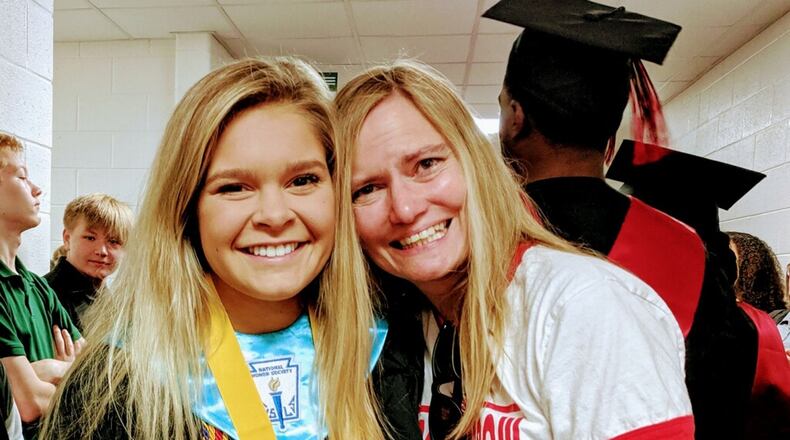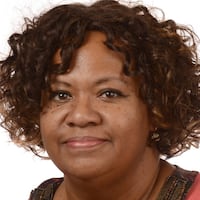Participation in the state’s Dual Enrollment Program has nearly tripled in the past decade.
The popular program allows high school students to save money by getting a leg up on college courses and educators say it encourages students to focus on career goals.
But national career experts caution that dual enrollment is a tool that’s not fit for every student.
The thought of graduating from high school with fewer steps to a college degree or workforce readiness is tempting. According to state data, Georgia went from a low of 8,127 students in the program in 2011 to nearly 30,000 in 2016, the most recent figures available.
“Although students can participate in dual enrollment as early as ninth grade, most wait until their junior and senior years,” said Tinisha Parker, Gwinnett County Public Schools director of advisement and counseling. “By then they have a better idea of what classes they need and what college or university they plan to attend.”
In the past two years, about 10 percent of students in Georgia’s dual enrollment graduated high school with an associate’s degree. That means they only had two to three years of college to go before they’d obtain a bachelor’s degree.
However, some students are discovering that the extra effort in high school might not have been as beneficial as they thought it would be because not all colleges accept their course credits.
Most colleges — 92 percent of public and 80 percent of private schools — say they have a policy of accepting college credits that students earn in high school, according to a 2016 survey from the American Association of Collegiate Registrars and Admissions Officers.
But acceptance depends on factors like the type of institution where the credits were earned and whether the receiving college offered an equivalent course.
“There are a lot of pluses to dual enrollment, but some minuses too,” said Rebecca Putter, with Collegewise, a national college counseling service. If you’re set on an Ivy League school, almost none of them will accept those credits.”
Scarlett Woodward, a recent graduate of Winder-Barrow High School, took college classes at three different higher education institutions. She admits that at first, she just wanted out of a high school class she had no interest in.
“I would have had to take an early childhood development class in 10th grade,” she said. “That had nothing to do with my goals of majoring in pre-med or chemistry or physics.”
So she began to do some research and discovered that Lanier Tech had a dual enrollment agreement with her school. Even though she had a car, the program offers transportation between campuses.
“Our school is more focused on work-readiness,” she said. “A lot of students graduate and go right into their field or take more classes toward technical training.”
Once bitten by the dual enrollment bug, Woodward investigated other opportunities. Her junior year she took classes at the University of North Georgia and her senior year, she was at the University of Georgia.
“I wouldn’t advise other students to do it like I did, but I learn better from lectures than from group projects and stuff like that,” she said. “Dual enrollment fit with my style of learning and I enjoyed every minute.”
However, none of Woodward’s college credits will transfer. She’ll be attending Columbia University in New York City. And even though she took a few AP classes, those won’t transfer either.
“I’m not that sad about it,” she said. “I’d do it all over again.”
About the Author
The Latest
Featured


